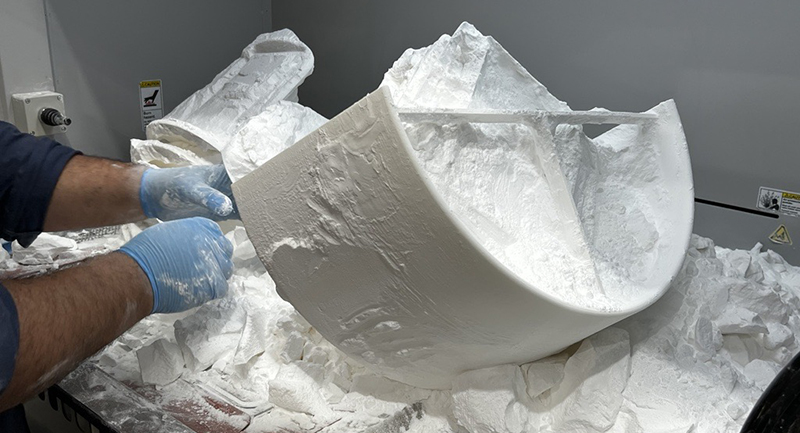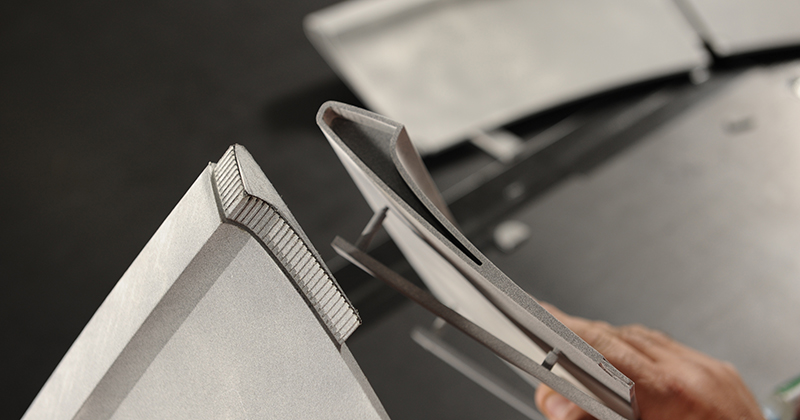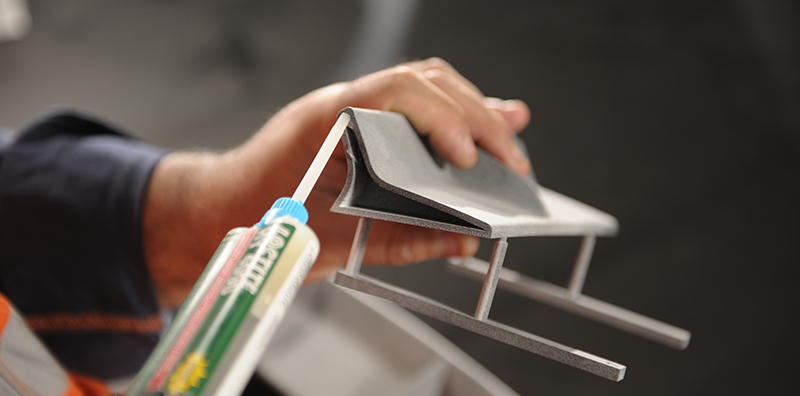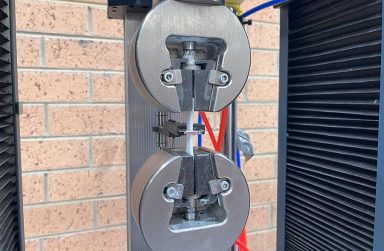How we 3D Print Large Parts
June 28, 2024
3D Printing and Assembling Large Components
Designing for 3D printing often comes with the challenge of build size constraints. At Formero, Australia’s premier 3D printing expert, we frequently 3D Print large parts, where the design exceeds our printer capacities. Our Large Format 3D Printers offer a solution for many oversized creations. Yet, there are occasions when even our large 3D Printers cannot accommodate some large parts. In these cases, splitting the design into smaller sections for individual printing and later assembly becomes essential. While effective, this approach brings its own complexities that can influence cost, quality, time, and dimensional accuracy. At Formero, we specialise in managing these intricacies to ensure a seamless and precise final product.
In this blog post, we’ll explore how to strategically decide where to make splits in your design, maintain accuracy and tolerances, joinery techniques, design jigs for precise reassembly, and apply finishing techniques to achieve a polished final piece.
Ensuring Accuracy and Managing Tolerances in Large 3D Printed Assemblies
When splitting a design into smaller sections for 3D printing, maintaining accuracy and tolerances becomes a critical challenge. Each seam introduces the potential for minor misalignments, which can lead to parts that don’t fit together perfectly. This can result in dimensions across the entire assembly being less precise than those of a single, solid piece.
To address these challenges, thorough testing is essential. At Formero, we recommend an iterative approach to ensure the highest accuracy in your final assembly. Here’s how we manage this process:
- Initial Testing: Before committing to printing the full set of parts, it’s wise to print and test small sections where the parts will join. This allows you to identify any issues early in the process. Select a representative sample from each side of the joint and print these test pieces.
- Dry Fit and Measurement: Once the test parts are printed, perform a dry fit to check how well they align. Measure the fitment and check against your design specifications. This step is crucial in spotting any deviations from the intended design.
- CAD Adjustments: Based on the measurements and fitment tests, adjust your CAD model as necessary. This iterative process helps refine the design to ensure that the final assembly will meet the required specifications.
By following these steps, you can significantly reduce the likelihood of inaccuracies in your final assembly. At Formero, we support you throughout this process, offering expert advice and precise guidelines tailored to your project’s needs. This meticulous attention to detail ensures that your large 3D printed parts come together seamlessly, meeting both your functional and dimensional requirements.
Strategic Splitting: Where to Make Cuts in Large 3D Printed Parts
Deciding where to split your large 3D printed parts is crucial for both aesthetics and functionality. While minimising the number of seams is a good starting point, several other factors need to be considered to ensure optimal results.
Aesthetic Considerations
When the appearance of your final product is paramount, placing seams in less noticeable areas is key. Aim to position splits where they are less visible or in regions that can be easily filled, sanded, and finished. This approach helps maintain a smooth, uninterrupted surface on the most visible parts of your design.
Mechanical Properties
Seams can introduce potential weak points in your structure. To preserve the mechanical integrity of your part, place splits in areas subject to minimal stress or impact during use. If unavoidable, consider reinforcing the seam to enhance strength, although this can increase the overall print cost. At Formero, we can guide you in reinforcing these critical areas without compromising the part’s performance.
Assembly Considerations
Finally, ease of assembly is a critical factor. Ensure seams are placed to facilitate straightforward assembly:
- Provide access for tools if internal fasteners are required.
- Confirm that parts can be manoeuvred into place without interference.
- Always review your CAD model thoroughly to avoid unexpected challenges during the assembly process.
At Formero, our highly experienced team can work with your designers to ensure that your parts are split in a way that ensures quality or appearance and performance.
Joinery Techniques for Assembling Large 3D Printed Parts
When assembling large 3D printed parts, simply gluing the split faces isn’t sufficient, especially for intricate designs. Instead, employing joinery techniques or fasteners can ensure a more robust and precise connection. Joinery methods, similar to woodworking, involve designing specific features at the splits to help parts align and fit together securely.
When implementing joinery techniques, such as lap joints, or mortise and tenon, it’s essential to consider process tolerances when designing these features, adding clearances or interferences to ensure a proper fit and bevelling edges to facilitate alignment.
Alternatively, fasteners can be used, particularly beneficial for providing strong seam pressure or when disassembly is required. Fasteners such as bolts, nuts, or inserts demand the design of internal features to accommodate them, ensuring sufficient material for secure attachment. Additionally, it’s important to ensure that tools can access all necessary areas during the assembly process. While fasteners add material and require precise CAD work, they offer the advantage of flexibility and strong connections, particularly in parts that cannot be easily clamped.
Designing Jigs for Accurate Reassembly
When precision is crucial, creating a jig to hold and align mating parts during assembly or gluing can be invaluable. Jigs can be 3D printed or machined and are typically designed to utilise existing holes or features on the parts for secure attachment. This ensures the pieces are correctly positioned throughout the process.
To avoid parts sticking to the jig during gluing, incorporate no-contact zones around potential glue leak areas. This prevents the adhesive from bonding the part to the jig itself. Jigs are particularly useful for maintaining consistent dimensions, especially in repeat production scenarios, ensuring each assembled piece meets the required specifications.
Finishing Large 3D Printed Parts
For parts requiring aesthetic appeal, concealing seams and achieving a seamless appearance is essential. This process typically involves meticulous steps such as filling, sanding, priming, and painting. Achieving a flawless finish requires skill, specialised equipment, and labour. At Formero, we specialise in providing high-quality finishing services, ensuring your 3D printed parts not only meet functional requirements but also exhibit a professional and polished appearance.
Conclusion
Splitting and assembling large 3D printed parts requires careful planning and expertise. At Formero, we’re highly experienced in 3D printing large parts and overcoming the challenges associated. Contact us today to explore how our advanced 3D printing capabilities and dedicated support can bring your innovative designs to life with unmatched precision and reliability.
Author
Craig Alexander
Craig is a seasoned marketing professional with over 13 years of diverse experience in industries ranging from Asphalt Testing Technology to Environmental Sciences. His extensive background in B2B marketing, coupled with a deep understanding of complex technical fields like Power Tools, Solar & Battery Systems, and Emergency Lighting, uniquely positions him to bridge the gap between advanced manufacturing technologies and market needs. Craig leverages his comprehensive marketing skills to translate intricate manufacturing processes and innovations into clear, compelling narratives, helping businesses of all sizes succeed in both local and international markets.







